Finding the perfect smartphone under 30000 can feel overwhelming with so many options flooding the market. This guide is for budget-conscious buyers who want flagship features without breaking the bank – students, young professionals, and anyone looking to upgrade without spending a fortune.
We’ll break down the essential features that actually matter in budget phones, from processor power to camera quality. You’ll discover which models offer the best bang for your buck and how some Android phones now rival premium iPhones at half the price. By the end, you’ll know exactly which phone fits your lifestyle and budget.
Key Features to Look for in Budget Smartphones
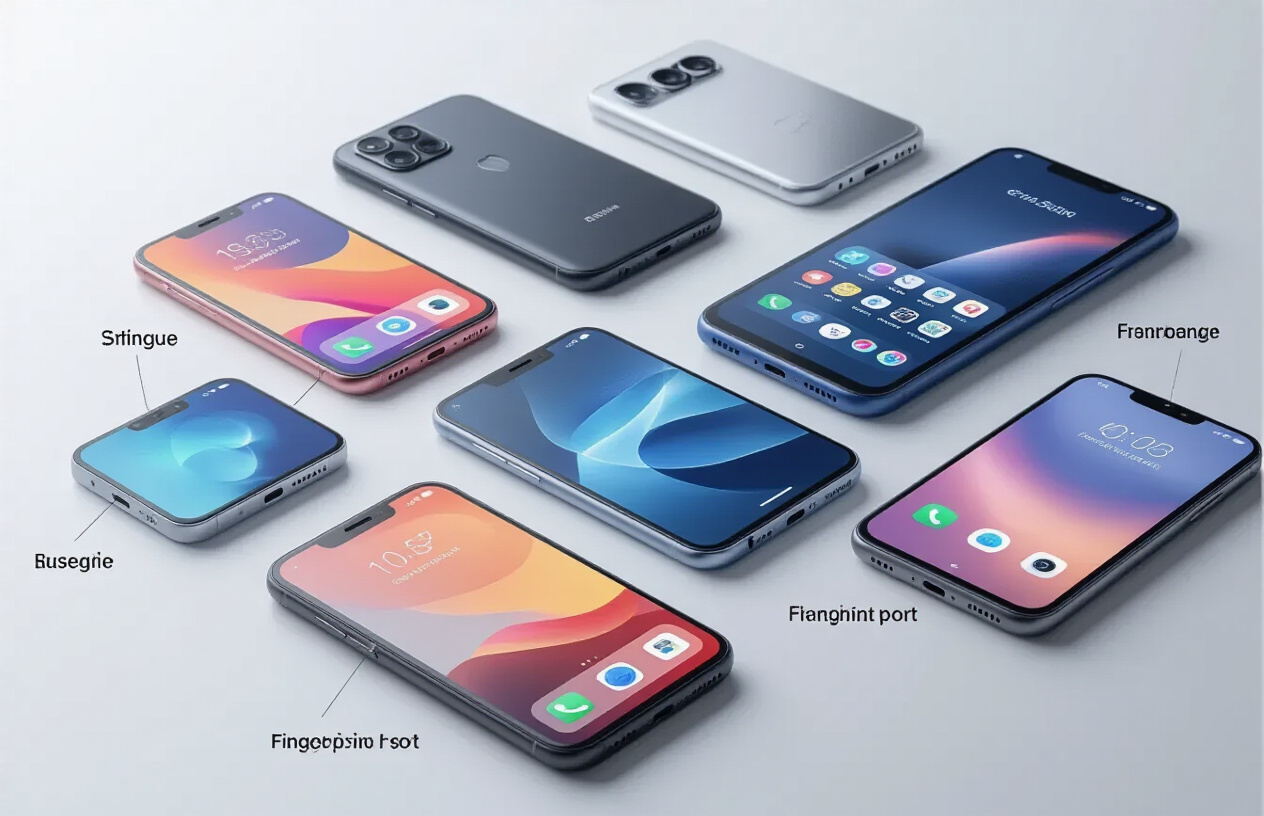
Display Quality and Screen Size Options
Your smartphone screen is your window to everything digital, so choosing the right display makes a huge difference in your daily experience. Most phones under ₹30,000 now offer Full HD+ resolution (1080p), which delivers crisp text and vibrant colors for streaming, gaming, and browsing. The sweet spot for screen size typically falls between 6.1 to 6.7 inches, giving you enough real estate without making the phone unwieldy.
AMOLED displays have become increasingly common in this price range, offering deeper blacks and more vivid colors compared to LCD panels. These screens also consume less battery when displaying dark content. Look for features like 90Hz or 120Hz refresh rates, which make scrolling and animations feel incredibly smooth – especially noticeable when gaming or browsing social media.
Screen brightness matters too, particularly if you spend time outdoors. Aim for displays that can reach at least 800 nits of peak brightness for comfortable outdoor visibility.
Camera Performance for Photography Enthusiasts
Camera quality has dramatically improved in budget smartphones, making it possible to capture stunning photos without breaking the bank. The main camera sensor size and megapixel count matter, but don’t get caught up in the megapixel race – a well-optimized 48MP or 64MP sensor often outperforms poorly tuned 108MP cameras.
Multiple camera setups are standard, typically including:
- Primary camera: 48MP-108MP for everyday shots
- Ultra-wide camera: 8MP-12MP for landscape and group photos
- Macro camera: 2MP-5MP for close-up shots
- Depth sensor: For portrait mode effects
Night mode capabilities have become essential, allowing you to capture decent photos in low-light conditions. Look for phones with larger apertures (f/1.8 or wider) and optical image stabilization (OIS) for sharper photos and steadier videos.
Video recording quality should include at least 4K capability at 30fps, with electronic stabilization to reduce shake.
Battery Life and Fast Charging Capabilities
Battery life remains one of the most important factors for daily smartphone use. Phones in this price range typically pack batteries between 4,000mAh to 5,000mAh, which should easily last a full day of moderate to heavy usage.
Fast charging has become a game-changer, with many phones supporting:
- 18W-25W charging: Basic fast charging that fills your battery in 1.5-2 hours
- 33W-67W charging: Mid-range fast charging reaching 50% in 30-45 minutes
- 100W+ charging: Premium fast charging that can fully charge your phone in under an hour
Some phones also include wireless charging and reverse wireless charging, though these features are still rare in the under ₹30,000 segment.
Battery optimization software plays a crucial role too. Look for phones with adaptive battery management that learns your usage patterns and optimizes power consumption accordingly.
Processing Power and RAM for Smooth Performance
The processor acts as your phone’s brain, determining how smoothly apps run and how quickly tasks complete. In this price range, you’ll find capable mid-range chipsets like:
| Chipset | Performance Level | Best For |
|---|---|---|
| Snapdragon 695/778G | Good | Daily tasks, light gaming |
| MediaTek Dimensity 920/1080 | Very Good | Gaming, multitasking |
| Snapdragon 870/888 | Excellent | Heavy gaming, content creation |
RAM determines how many apps can run simultaneously without slowing down. The recommended configurations are:
- 6GB RAM: Minimum for smooth performance
- 8GB RAM: Ideal for multitasking and future-proofing
- 12GB RAM: Overkill for most users but great for heavy multitaskers
Storage options typically start at 128GB, with many phones offering 256GB variants. Look for UFS 3.1 storage for faster app loading and file transfers. Expandable storage via microSD cards is becoming less common but still valuable for users who need extra space for photos and videos.
The combination of a capable processor, adequate RAM, and fast storage ensures your phone remains responsive whether you’re switching between apps, playing games, or editing photos.
Top Performance Smartphones Under 30000
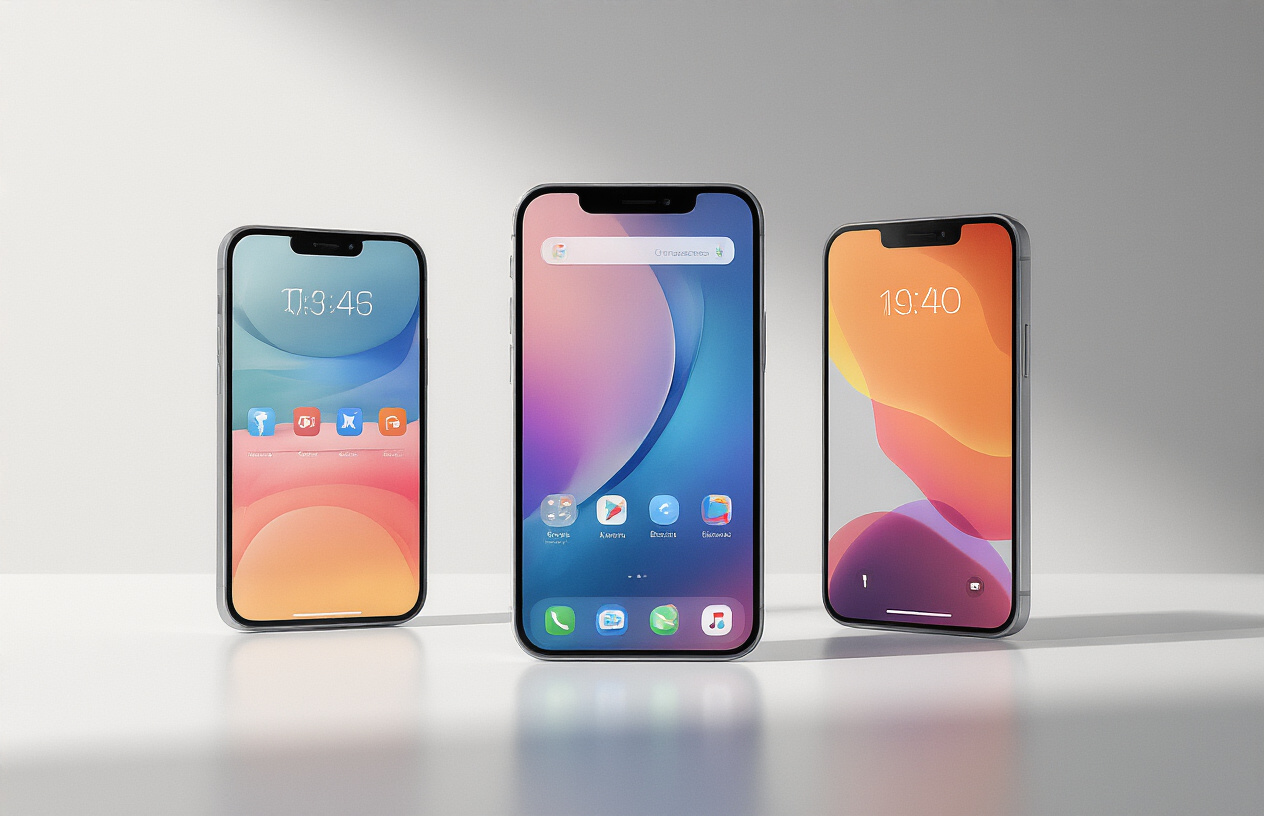
Premium Gaming Phones with High Refresh Rates
Gaming enthusiasts have some fantastic options without breaking the bank. The POCO X6 Pro leads this category with its Dimensity 8300 Ultra processor and 120Hz AMOLED display that delivers buttery-smooth gameplay. The phone packs 12GB RAM and advanced cooling technology that prevents throttling during extended gaming sessions.
The Realme GT Neo 5 deserves serious consideration with its Snapdragon 8+ Gen 1 chipset and 144Hz refresh rate display. This combination handles demanding titles like Genshin Impact and Call of Duty Mobile at maximum settings while maintaining stable frame rates.
iQOO Neo 7 Pro brings serious gaming credentials with its dedicated gaming mode, shoulder triggers, and vapor chamber cooling. The 6.78-inch curved AMOLED screen with 120Hz refresh rate creates an immersive experience that rivals phones costing twice as much.
| Phone Model | Processor | Display | RAM Options |
|---|---|---|---|
| POCO X6 Pro | Dimensity 8300 Ultra | 6.67″ 120Hz AMOLED | 8GB/12GB |
| Realme GT Neo 5 | Snapdragon 8+ Gen 1 | 6.74″ 144Hz AMOLED | 8GB/16GB |
| iQOO Neo 7 Pro | Dimensity 8200 | 6.78″ 120Hz AMOLED | 8GB/12GB |
Photography-Focused Devices with Multiple Lenses
Camera lovers can capture professional-quality shots with these photography powerhouses. The Xiaomi 13 Lite stands out with its triple camera setup featuring a 50MP main sensor co-developed with Leica. The phone excels in portrait photography with natural bokeh effects and accurate color reproduction.
Vivo V29 brings impressive low-light photography capabilities through its 50MP OIS main camera and dedicated night mode algorithms. The phone’s selfie camera with autofocus and ring light makes it perfect for content creators and social media enthusiasts.
OnePlus Nord 3 combines a 50MP Sony IMX890 main sensor with ultrawide and macro lenses. The phone’s Hasselblad partnership delivers enhanced color grading and professional photography features typically found in flagship devices.
Camera versatility shines through these devices:
- Ultra-wide photography for landscape and group shots
- Macro capabilities for detailed close-up photography
- Night mode enhancements for low-light scenarios
- Portrait mode with AI-powered background blur
- Pro mode controls for manual photography settings
All-Round Performance Champions
Some phones excel across multiple categories, making them perfect all-rounders. The Samsung Galaxy A54 5G delivers flagship-level build quality with its metal frame and glass back, while the Exynos 1380 processor handles everything from productivity apps to casual gaming smoothly.
Motorola Edge 40 Neo impresses with its clean Android experience and reliable performance across daily tasks. The phone’s 6.55-inch curved pOLED display provides excellent viewing angles and vibrant colors for media consumption.
Nothing Phone (2a) brings unique design elements with its transparent back and Glyph Interface lighting system. Beyond aesthetics, the Dimensity 7200 Pro chipset delivers consistent performance while the dual camera system captures detailed photos in various lighting conditions.
These all-rounders excel in:
- Battery life lasting full days with moderate to heavy usage
- Build quality featuring premium materials and water resistance
- Software experience with regular updates and clean interfaces
- Connectivity including 5G support and fast charging capabilities
- Display quality with bright, color-accurate screens suitable for multimedia
Best Value Android Options in Your Budget
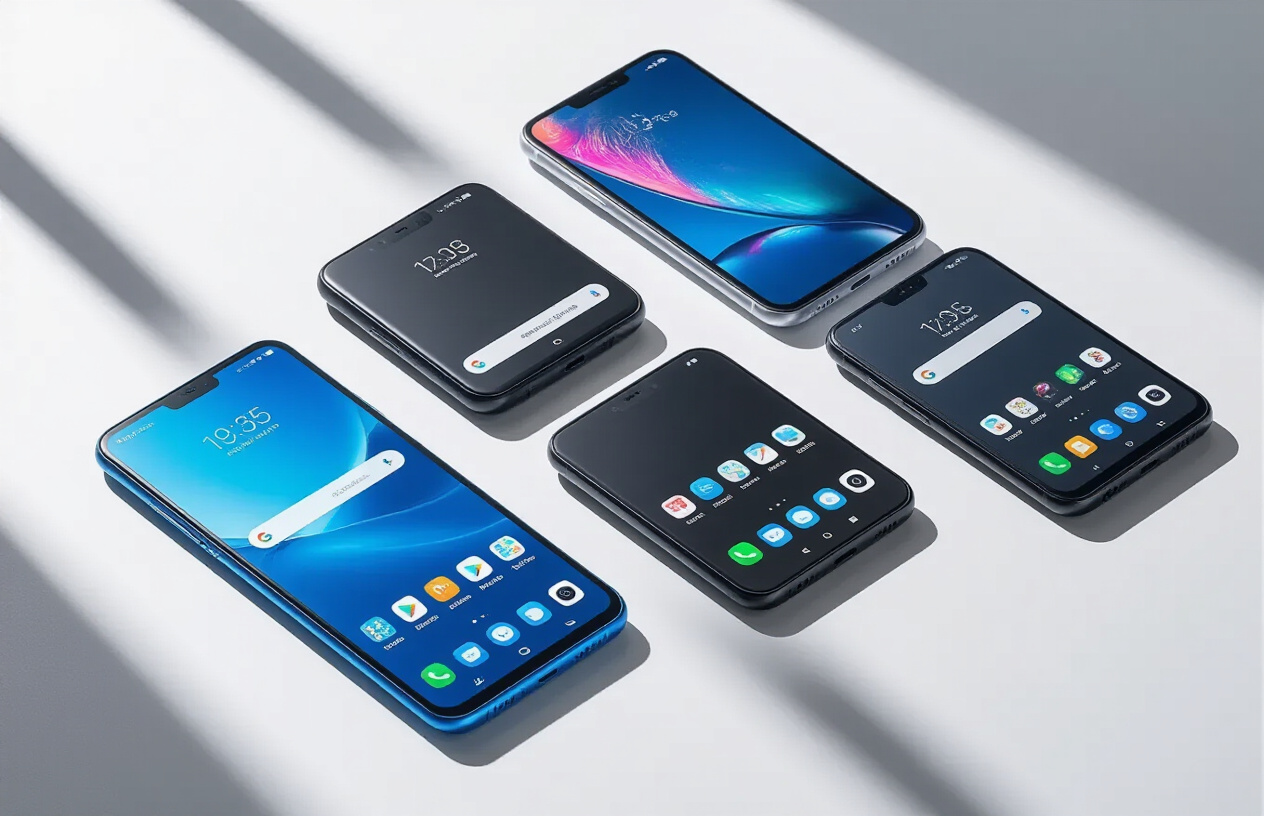
OnePlus Mid-Range Offerings
OnePlus has carved out a sweet spot in the sub-30K segment with devices that punch well above their weight class. The OnePlus Nord series stands as the crown jewel here, delivering flagship-level performance at mid-range prices. These phones pack Qualcomm’s capable Snapdragon processors, often the same chips found in premium devices from just a year prior.
The build quality feels premium with glass backs and metal frames that rival phones costing twice as much. OnePlus’s OxygenOS remains one of the cleanest Android experiences available, offering near-stock Android with thoughtful additions rather than bloatware. Fast charging speeds of 65W or higher mean you’re never tethered to a wall outlet for long.
Camera performance on Nord devices consistently impresses, especially in well-lit conditions. The main sensors capture sharp, vibrant photos with good dynamic range, while portrait modes create professional-looking depth effects.
Xiaomi’s Feature-Packed Models
Xiaomi continues to redefine value in the smartphone market with devices that seem almost too good for their price tags. The Redmi Note series and POCO lineup offer flagship specifications at budget prices, often including features you’d expect to pay premium prices for elsewhere.
These phones typically feature large, high-refresh-rate displays that make scrolling buttery smooth and gaming more responsive. Battery life often exceeds two days of moderate use, thanks to massive 5000mAh+ batteries paired with efficient processors.
MIUI, while feature-rich, can feel overwhelming to users coming from stock Android. However, the customization options are virtually limitless, allowing you to tailor the interface exactly to your preferences. Gaming performance stands out particularly on POCO devices, which often include dedicated gaming modes and cooling systems.
Storage options are generous, with many models starting at 128GB and offering expandable storage via microSD cards.
Samsung Galaxy A-Series Smartphones
Samsung’s Galaxy A-series brings the premium Galaxy experience to budget-conscious buyers without major compromises. These devices feature the same design language as flagship Galaxy S phones, with refined builds and attractive color options that don’t scream “budget phone.”
The displays are consistently excellent across the A-series lineup, offering vibrant AMOLED panels with deep blacks and punchy colors. Samsung’s camera processing shines even on these more affordable models, producing Instagram-ready shots with minimal effort.
One UI has matured into one of the most polished Android skins available, offering useful features like Samsung DeX for desktop-like productivity and seamless integration with other Samsung devices. Security updates arrive regularly, and Samsung now promises extended software support even for mid-range models.
The build quality feels solid and reassuring, with water resistance ratings on many models providing peace of mind for daily use.
Realme Performance Leaders
Realme has rapidly gained ground by focusing on what matters most to young users: performance and style. Their phones consistently offer the latest processors at aggressive price points, making them excellent choices for mobile gaming and multitasking.
The brand’s racing-inspired design aesthetic appeals to users who want their phone to stand out. Bold color schemes and unique finishes create eye-catching devices that photograph well and feel modern in hand.
Realme UI has improved significantly, moving away from heavy customization toward a cleaner, more intuitive interface. The company’s commitment to fast charging technology means many models support 50W+ charging speeds, getting you back to full power in under an hour.
Gaming features like dedicated cooling systems and performance modes make Realme phones particularly attractive to mobile gamers looking for smooth frame rates without flagship pricing.
Motorola’s Clean Android Experience
Motorola offers something increasingly rare in the Android world: a nearly stock Android experience with thoughtful enhancements rather than overwhelming customization. Their phones run clean, fast software that feels responsive even on modest hardware.
The signature Moto Actions gesture controls add genuine convenience without feeling gimmicky. Double-twist for camera, chop for flashlight, and peek display notifications all become second nature quickly and actually improve daily usability.
Build quality emphasizes durability with many models featuring water-repellent coatings and reinforced designs. The cameras may not lead spec sheets, but they capture natural-looking photos with accurate colors that don’t require heavy editing.
Motorola’s commitment to security updates and relatively timely Android version upgrades makes their phones excellent long-term investments. The software experience remains smooth and stutter-free even after years of use, something not all manufacturers can promise at this price point.
iPhone Alternatives That Deliver Premium Experience
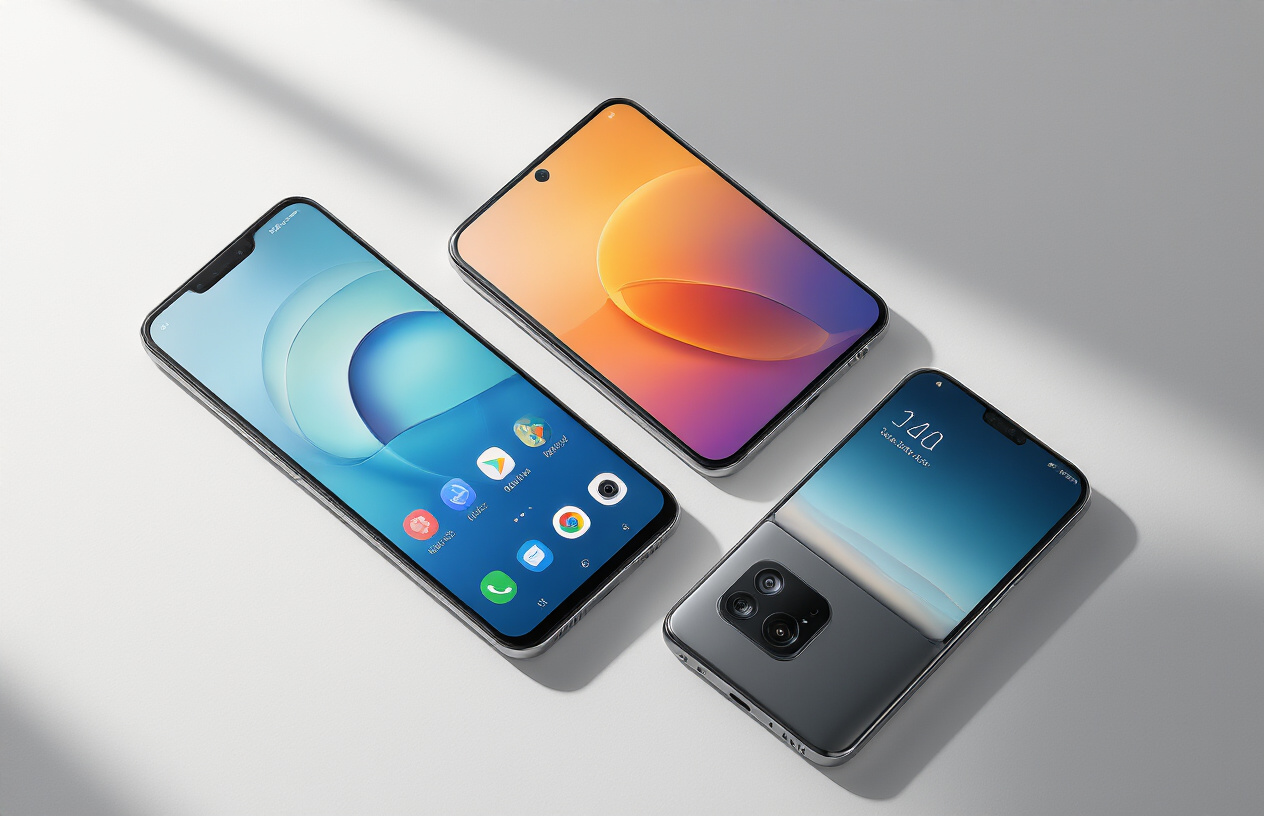
Refurbished iPhone Models Within Budget
Getting an iPhone for under ₹30,000 might seem impossible when looking at new models, but the refurbished market opens up some fantastic possibilities. iPhone 11, iPhone XR, and iPhone 12 mini regularly appear in this price range through certified refurbished programs from Apple and authorized retailers.
The iPhone 11 stands out as the sweet spot for budget-conscious buyers. You get the powerful A13 Bionic chip, dual-camera system with Night mode, and iOS updates that keep coming for years. Battery life remains solid even in refurbished units, and the build quality feels just as premium as day one.
Apple’s certified refurbished program guarantees devices undergo rigorous testing and come with new batteries and outer shells. You receive a one-year warranty, making it almost like buying new. Third-party refurbished options from platforms like Amazon Renewed and Cashify offer even better prices, though warranty terms vary.
The iPhone XR deserves attention too. While it has a single rear camera, the A12 Bionic chip handles everything smoothly, and the display quality surprises users who expected disappointment. Face ID works flawlessly, and the all-day battery life matches newer models.
Android Flagships with iOS-Like Features
Samsung Galaxy S21 FE and OnePlus 9RT bring flagship experiences that rival iPhones in several key areas. These devices focus on delivering premium features without the premium price tag.
Samsung’s One UI has evolved to feel remarkably iPhone-like in its smoothness and gesture navigation. The Galaxy S21 FE offers wireless charging, IP68 water resistance, and a camera system that competes directly with iPhone photography. Samsung’s promise of four years of security updates matches Apple’s long-term support philosophy.
OnePlus devices excel at providing that premium feel through OxygenOS (now ColorOS). The OnePlus 9RT delivers flagship performance with the Snapdragon 888, incredibly fast charging speeds that surpass Apple’s offerings, and a clean software experience that iOS users appreciate.
The Nothing Phone (1) takes a different approach, combining unique design elements with a near-stock Android experience. Its Glyph interface creates a distinctive identity while maintaining the simplicity that iPhone users love.
| Feature | Galaxy S21 FE | OnePlus 9RT | Nothing Phone (1) |
|---|---|---|---|
| Display | 120Hz AMOLED | 120Hz AMOLED | 120Hz OLED |
| Charging | 25W Wireless | 65W Fast | 33W Fast |
| Updates | 4 Years | 3 Years | 3 Years |
| Water Resistance | IP68 | IP54 | IP53 |
Build Quality Comparisons with Apple Devices
Premium Android phones now match and sometimes exceed Apple’s build quality standards. The materials, fit and finish, and durability testing reveal interesting comparisons.
Samsung’s aluminum frame and Gorilla Glass construction feels identical to iPhone build quality. The weight distribution and button tactility match Apple’s attention to detail. Drop tests show similar durability, though Samsung devices often perform better due to curved edges that distribute impact forces.
OnePlus maintains its reputation for premium materials at lower prices. The alert slider, inspired by iPhone’s mute switch, provides the same satisfying tactile feedback. The sandstone and matte finishes offer grip advantages over Apple’s sometimes slippery glass backs.
Xiaomi’s flagship phones surprise users with their solid construction. The Mi 11X Pro and 11T Pro feature Gorilla Glass Victus and aluminum frames that feel substantial and well-engineered. The camera bump integration appears more seamless than some iPhone models.
Google Pixel phones prioritize software over hardware luxury, but the Pixel 6a delivers surprisingly premium feel for its price point. The metal frame and matte finish provide excellent grip, while the camera bar creates a distinctive design language that stands apart from iPhone clones.
Water resistance ratings across these Android flagships match or exceed iPhone standards. Most offer IP68 certification, providing confidence for daily use in various weather conditions.
Making the Right Choice for Your Needs
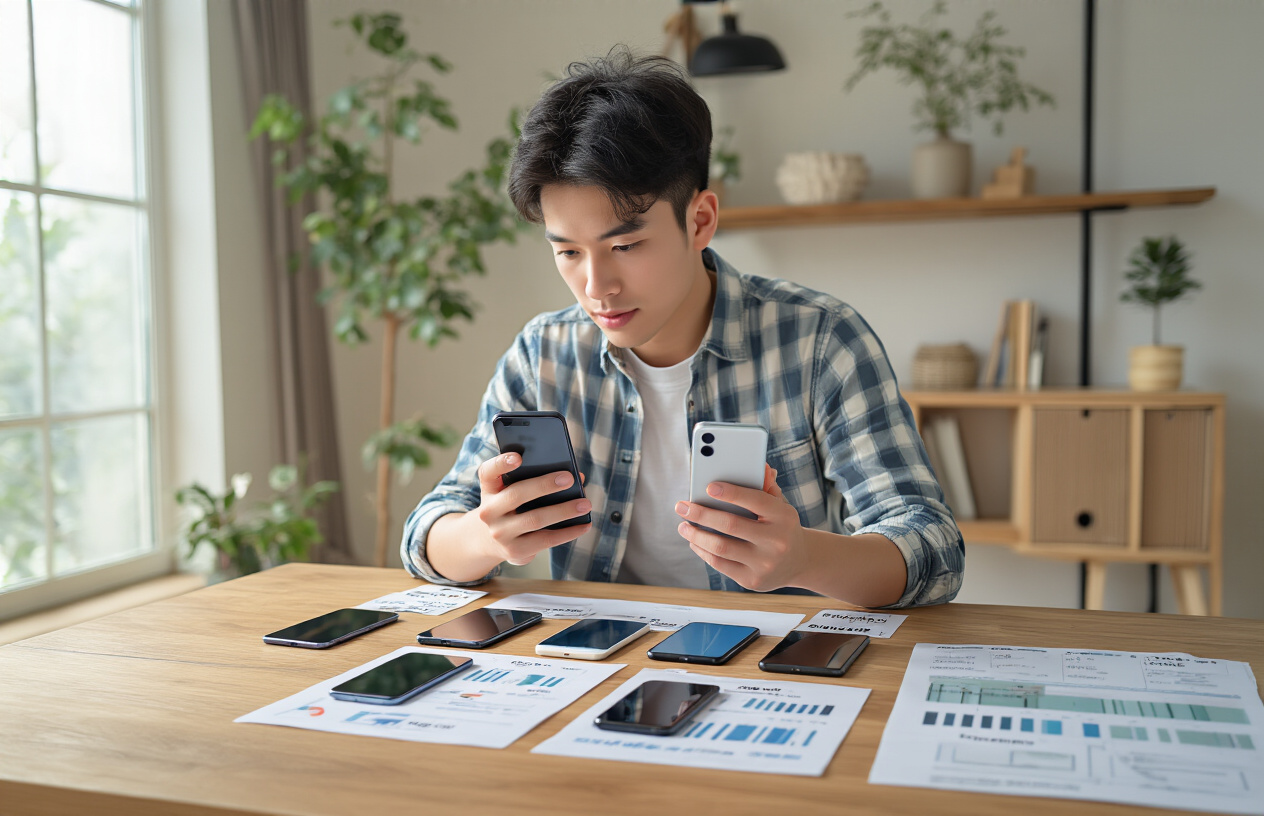
Gaming Performance Requirements
Modern mobile games demand serious processing power, and choosing the right smartphone under 30,000 can make or break your gaming experience. Look for devices with Snapdragon 695 5G or better, MediaTek Dimensity 920+, or equivalent chipsets that handle popular titles like BGMI, Call of Duty Mobile, and Genshin Impact smoothly.
RAM plays a crucial role in gaming performance. While 6GB handles basic gaming, 8GB provides better multitasking and prevents apps from refreshing during intense gaming sessions. Storage speed matters too – UFS 2.2 or higher ensures faster game loading times and smoother texture streaming.
Display refresh rates significantly impact your gaming advantage. A 90Hz or 120Hz screen delivers fluid motion that’s especially noticeable in fast-paced shooters and racing games. Pair this with good touch sampling rates (240Hz or higher) for responsive controls that competitive gamers need.
Thermal management separates good gaming phones from great ones. Phones with vapor cooling chambers or liquid cooling systems maintain peak performance longer without throttling. Check reviews for sustained performance tests rather than just peak benchmark scores.
Gaming-specific features like dedicated gaming modes, shoulder triggers, or customizable performance profiles add real value. Some phones offer RAM expansion technology that virtually increases available memory, giving you extra headroom for demanding games.
Camera Quality vs Battery Life Trade-offs
The eternal smartphone dilemma comes down to priorities: do you want stunning photos or all-day battery life? Understanding this balance helps you make smarter choices within your budget.
High-resolution sensors and multiple camera setups consume more power. A 108MP main camera with ultra-wide and macro lenses will drain your battery faster than a simpler dual-camera setup. Night mode processing, AI scene detection, and 4K video recording are particularly power-hungry features.
Battery capacity tells only part of the story. A 4000mAh battery in an optimized phone often outlasts a 5000mAh battery in a poorly optimized device. Look for phones with adaptive brightness, intelligent power management, and efficient processors that balance performance with longevity.
Fast charging technology offers a middle ground. Phones supporting 33W or higher charging speeds let you top up quickly even with heavy camera usage. Some devices offer reverse charging, turning your phone into a power bank for accessories.
Consider your actual usage patterns. If you’re posting to social media throughout the day, prioritize battery life over maximum camera specs. Photography enthusiasts who mainly shoot during specific outings can manage with moderate battery life if the camera quality justifies it.
Software optimization matters enormously. Phones with clean Android experiences or well-optimized custom skins typically offer better battery management than heavily customized interfaces.
Brand Reliability and After-Sales Support
Your smartphone investment extends far beyond the initial purchase price. Brand reliability and after-sales support directly impact your ownership experience and long-term satisfaction.
Established brands like Samsung, OnePlus, and Realme offer extensive service networks across India. Samsung leads with over 1,800 service centers, while OnePlus provides premium support experiences even for mid-range devices. Realme and Redmi offer competitive coverage with growing service networks.
Software update commitment varies dramatically between brands. Samsung now promises four years of security updates for many models, while OnePlus provides three major Android updates. Chinese brands often provide frequent updates but may discontinue support sooner for older models.
Warranty terms and claim processes differ significantly. Some brands offer on-site pickup services, while others require visiting service centers. Premium brands typically provide loaner devices during repairs, minimizing downtime. Check warranty coverage for water damage, accidental drops, and manufacturing defects.
Build quality reputation matters for long-term reliability. iQOO and OnePlus generally receive praise for solid construction, while some budget-focused brands may cut corners on materials. Read long-term user reviews rather than just launch reviews to understand real-world durability.
Response times for common issues like display problems, charging port failures, or software bugs vary between brands. Established players usually resolve issues faster due to better spare parts availability and trained technicians. Newer brands may struggle with complex repairs or rare component replacements.
Consider total cost of ownership, including potential repair costs, accessory availability, and resale value when choosing your smartphone brand.

Finding the perfect smartphone under 30000 doesn’t have to be overwhelming when you know what matters most. The sweet spot lies in balancing essential features like camera quality, battery life, and processing power with your specific daily needs. Whether you’re drawn to flagship Android devices that pack premium features at mid-range prices or considering solid alternatives to expensive iPhones, there are plenty of excellent options that won’t break the bank.
Your ideal phone should match how you actually use it – gaming enthusiasts need strong processors and cooling systems, photography lovers should prioritize camera capabilities, and heavy users benefit from larger batteries and fast charging. Take time to compare the standout models we’ve covered, read real user reviews, and visit stores to get a feel for the devices. The right smartphone is out there waiting for you, and with smart shopping, you can get flagship-level performance without the flagship price tag.




